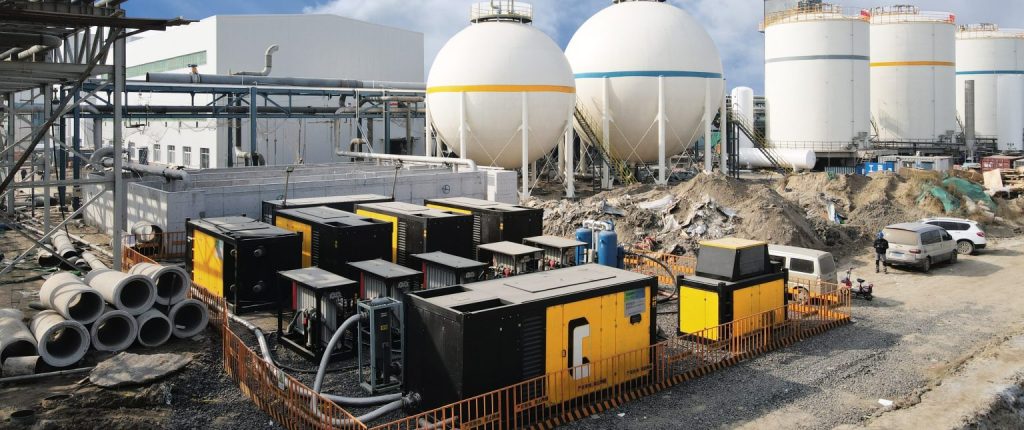In industrial applications, process cooling plays a vital role in maintaining product quality and ensuring the stability of operations. The logic is simple: the heat generated during industrial processes can damage equipment, degrade products, or disrupt operations. That’s why an effective industrial cooling system is essential to prevent overheating and associated thermal contamination.
What is Process Cooling?
Process cooling, also known as industrial cooling, refers to the method of removing unwanted heat from production processes using a cooling medium, such as water or air. Removing this excess heat ensures safe, reliable operation, prevents equipment damage, and avoids costly downtime—ultimately protecting your bottom line.
Three Typical Applications of Process Cooling:
- Cooling the process itself – such as printing, die casting, or plastic injection molding
- Cooling the product – for example, cooling molded plastic before ejection
- Cooling critical equipment – like laser cutters, induction heaters, or compressors
Why is Process Cooling So Critical in Industry?
- Ensures final product quality by preventing contamination or degradation
- Improves application efficiency by maintaining consistent thermal conditions
- Reduces equipment wear and tear by minimizing thermal stress
Industrial vs. Air Conditioning Chillers
When selecting a process chiller, it’s important to recognize that industrial chillers are not the same as HVAC chillers!
Despite similar names, their functions and designs are very different:
- Air conditioning chillers are designed to regulate room temperature and humidity levels
- Industrial chillers are engineered to maintain consistent water temperatures and remove heat from manufacturing processes with high precision and reliability
In summary, a properly chosen industrial chiller is a fundamental component of any temperature-sensitive manufacturing process and contributes directly to operational efficiency and equipment longevity.


